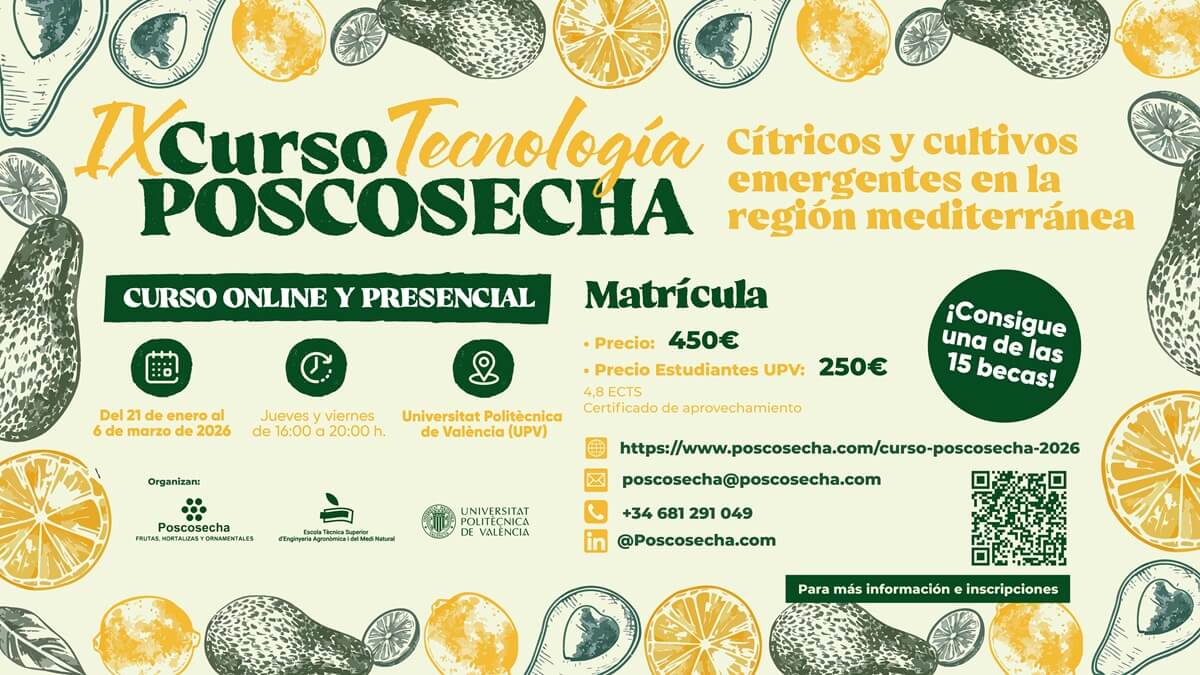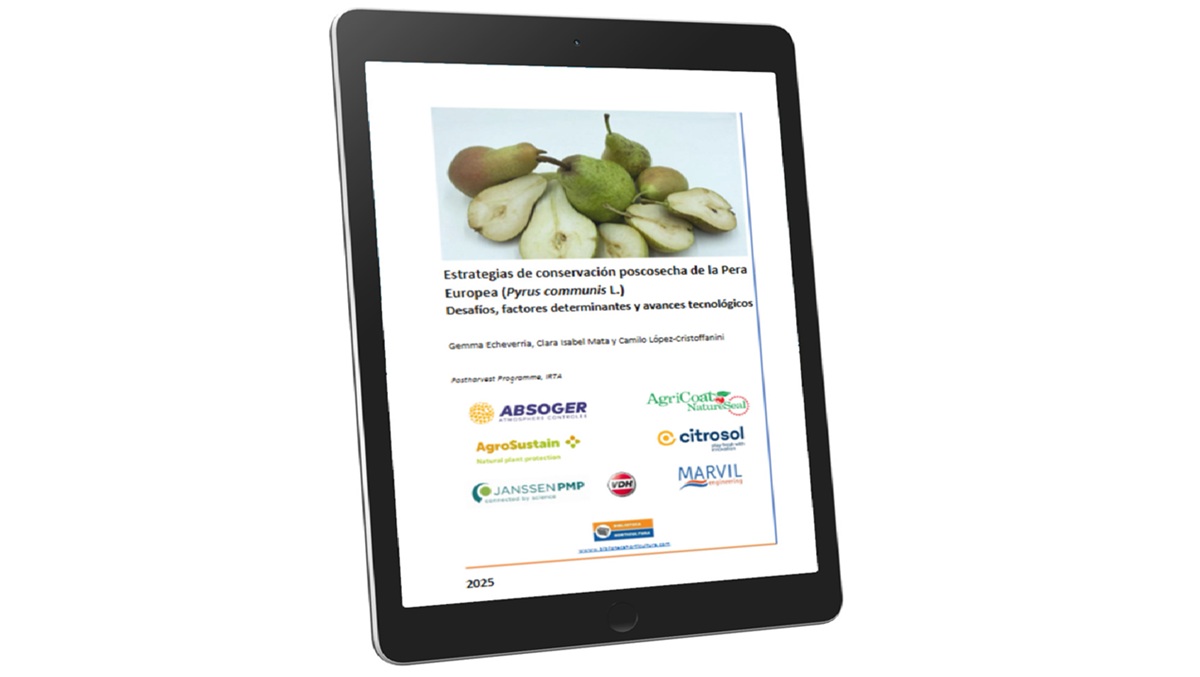News
Nitric oxide as key biological modulator in wound healing of potato tubers
Munevver Dogramaci and other USDA researchers analyzed the accumulation of suberin polyphenolics (SPP) in wounded parenchyma cells after treatment with NO related chemicals
Wounding of potato (Solanum tuberosum L.) tubers affects the postharvest storage qualities and marketability. To mitigate wound-related losses, it is necessary to accelerate wound healing (WH) responses of potato tubers.
While role of nitric oxide (NO) in healing of wounded biological tissues is well known, its impact on WH responses of potato tubers has not been examined thoroughly.
The aim of this study was to elucidate the potential modulatory role of NO in WH response of potato tubers by determining the activity of key enzymes associated with NO biosynthesis.
Methods (summary)
Using a model wounding system, tuber tissue discs were extracted from mini tubers of cv. Russet Burbank to examine their WH responses.
Tuber discs were treated with NO related chemicals, such as NO scavenger, nitric oxide synthase (NOS) inhibitor, and NO donors.
The effect of these treatments on in vitro production of NO, activity of nitrate reductase, NOS, and phenylalanine ammonia-lyase were determined.
The accumulation of suberin polyphenolics (SPP) in wounded parenchyma cells, an indicator of early suberization process, was analyzed histologically.
Results (summary)
Treatment of tuber tissues with the higher dose of an NO scavenger (2-phenyl-4,4,5,5-tetramethylimidazoline-1-oxyl-3-oxide) at the time of wounding completely ceased SPP accumulation between 0 h to 3 d after wounding.
Increased production of NO and enhanced activity of NOS were also observed immediately after wounding of the tuber tissues.
The results suggest that NO is a key biological modulator in WH responses of potato tubers and could be optimized as a potential exogenous treatment to counter wound-related losses.
Introduction
Wound-related damage to potato tubers can cause significant postharvest losses (estimated ≥ $300 million U.S. dollars per year) affecting the potato industry (Thornton and Bohl, 1995).
While there are several postharvest challenges that can negatively impact the long-term storage of potato tubers (e.g., premature sprout growth, pressure bruise, storage diseases), wounding during harvest and postharvest operations severely affects tuber quality and its marketability.
Additionally, when potato seed tubers are cut for planting, rapid wound healing (WH) of cut surfaces of seed pieces is critical for overall crop yield and performance.
The potato industry is in need of finding benign and practical strategies to address these wound-related challenges. In this context, determining the regulatory mechanisms associated with WH responses of potato tubers is essential.
Although there have been advancements in our understanding of the physiological mechanisms and regulation of WH processes of potato tubers (Lulai et al., 2008; Lulai et al., 2016), further research is needed for development of new technologies to accelerate WH of cut or wounded tubers.
NO, an endogenous signaling molecule
Exogenous application of nitric oxide (NO) has gained interest in agriculture and biotechnology due to its putative role in diverse developmental and physiological processes of plants.
NO is an endogenous signaling molecule known to play distinct roles in the formation and differentiation of xylem (xylogenesis) (Neill, 2005), plant senescence and cellular apoptosis (Hussain et al., 2022), flower development (Senthil Kumar et al., 2016), stomatal movement (Sun et al., 2019), breaking dormancy and promoting germination (Signorelli and Considine, 2018), maintaining cellular redox homeostasis (Kolupaev et al., 2023), and providing protection against several biological and abiotic stresses (Shi et al., 2012; Wani et al., 2021).
The role of NO in plant stress adaptation, especially crosstalk with phytohormones, interaction with reactive oxygen and nitrogen species, modulation of stress-related gene expression and protein activity have been investigated in different plant models (Sanz et al., 2015; Simontacchi et al., 2015).
Wounding, a form of stress
Wounding is a form of stress, and most plant species have an intricate defense system and response mechanism to counter and repair wound related tissue damages, and NO is a known modulator in plants’ response to wounding (Yin et al., 2012; Marvasi, 2017).
Previous research has implicated enhanced deposition of glucan-callose (a polysaccharide in plant cell walls which provides protection against pathogens) in wounded potato leaflets treated with an NO donor sodium nitroprusside (SNP) (París et al., 2007). The same study also found an increase of the extensin and phenylalanine ammonia-lyase (PAL) transcript levels in wounded leaflets with SNP treatment (París et al., 2007).
Induction of a phytoalexin (i.e., rishitin) was observed in potato tuber tissues with treatment of an NO releasing compound (i.e., NOC-18) (Noritake et al., 1996).
Exogenous application of NO donors (i.e., SNP and S-nitroso-N-acetylpenicillamine-SNAP) showed enhanced protection against oxidative stress associated ion leakage in Diquat treated potato leaflets (Beligni and Lamattina, 2002).
Similarly, partial reversal of chlorophyll formation was reported in Phytophthora infestans infected potato leaves when treated with SNP (Lazalt et al., 1997).
These studies indicated that NO plays a modulatory role in wound-induced physiological responses in various potato plant tissues and might provide protection against infection and herbicide damages.
However, the regulatory role of NO or NO- related biology on potato tuber WH has not been thoroughly investigated.
Generation of NO in plant tissues and other sources
In plant cells, NO is mostly generated from L-arginine through the activity of nitric oxide synthase (NOS) enzymes or can be produced from nitrite (NO2-) by activity of nitrate reductase (NR) (Neill et al., 2008; Simontacchi et al., 2015).
Analogues of arginine such as NG-nitro-L-arginine methyl ester (L-NAME) and NG-monomethyl-L-arginine acetate (L-NMMA), which are known to work as competitive inhibitors of NOS were previously used to investigate the generation of NO in plant cells and its biological function in plant development (Tamás et al., 2018; Krasylenko et al., 2019).
Similarly, 2-4-carboxyphenyl-4,4,5,5-tetramethylimidazoline-1-oxyl-3-oxide (cPTIO) and 2-phenyl-4,4,5,5-tetramethylimidazoline-1-oxyl-3-oxide (PTIO), two NO scavengers, have been widely used to study the role of NO in stress responses or in plants developmental process (D’Alessandro et al., 2013; Gupta et al., 2020).
The process of wound healing
Previous research also highlighted the importance of suberin polyphenolic (SPP) formation in the outer layer of wounded cells as an immediate physiological response of potato tubers to wounding, particularly during the critical WH phase of 0-8 d (Lulai et al., 2016).
Along with suberin polyaliphatics (SPA), SPP accumulation in wounded surfaces is part of the closing layer formation that provides initial protection to wounded potato tuber tissues (Lulai and Corsini, 1998).
Formation of SPP and SPA in wounded surface during closing layer formation is closely associated with phytohormone regulation and key metabolic changes associated with plant’s stress responses (Lulai et al., 2016). Accelerated accumulation of SPP and lignin and enhanced activity of PAL were previously observed in wounded potato tissues (Zhu et al., 2022).
Up-regulation of the phenylpropanoid pathway (PAL catalyzes the first step of phenylpropanoid biosynthesis) is a common response of plant cells to wounding and is related to formation of SPP and other WH responses (Yin et al., 2012).
Therefore, determination of PAL activity at early stages of closing layer formation could provide an indication on biosynthesis and accumulation of SPP during WH.
The research
Here, we investigated the potential modulatory roles of NO in WH responses by utilizing NO related chemicals to enhance or inhibit its abundance in mechanically wounded tuber tissues.
To determine the response of enzymes involved in NO biosynthesis in wounded potato tuber tissues, NO- donors, scavengers, and enzyme inhibitors were used. The changes in WH responses due to these treatments were also determined using histological observation of SPP accumulation at early stages of closing layer formation (0-3 d after wounding) in potato tuber tissues.
Outcomes of this research provide insights into the role of NO in potato WH processes and could lead to novel management strategies for mitigating wound-related losses of potato tubers.
The picture shows the accumulation of suberin polyphenolics (SPP) in first cell layer of the wounded surface (during closing layer formation) of potato tuber flesh tissues. Effect of different NO-related chemical treatments on SPP rating (in parenthesis ± standard error) 3 d after wounding.
Different lowercase letters represent statistically significant differences in SPP ratings between treatments at 95% confidence level.
Source
Modulatory role of nitric oxide in wound healing of potato tubers
Munevver Dogramaci, Dipayan Sarkar Edward C. Lulai
Front. Hortic., 22 January 2024
Sec. Postharvest Physiology, Management and Technology Volume 3 - 2024
https://doi.org/10.3389/fhort.2024.1345461
https://www.frontiersin.org/articles/10.3389/fhort.2024.1345461/full
Related news



.jpg)








